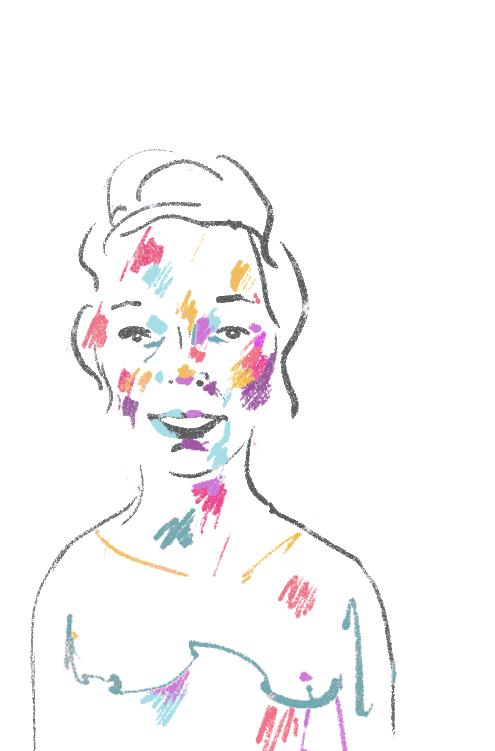“Potnia Theron: Artemis of Ephesus” is watching the skies of the Kingdom of Commagene, and her nymphs are singing for the tombs of the mother queen and princess at Karakuş Tumulus in Adıyaman, Türkiye.
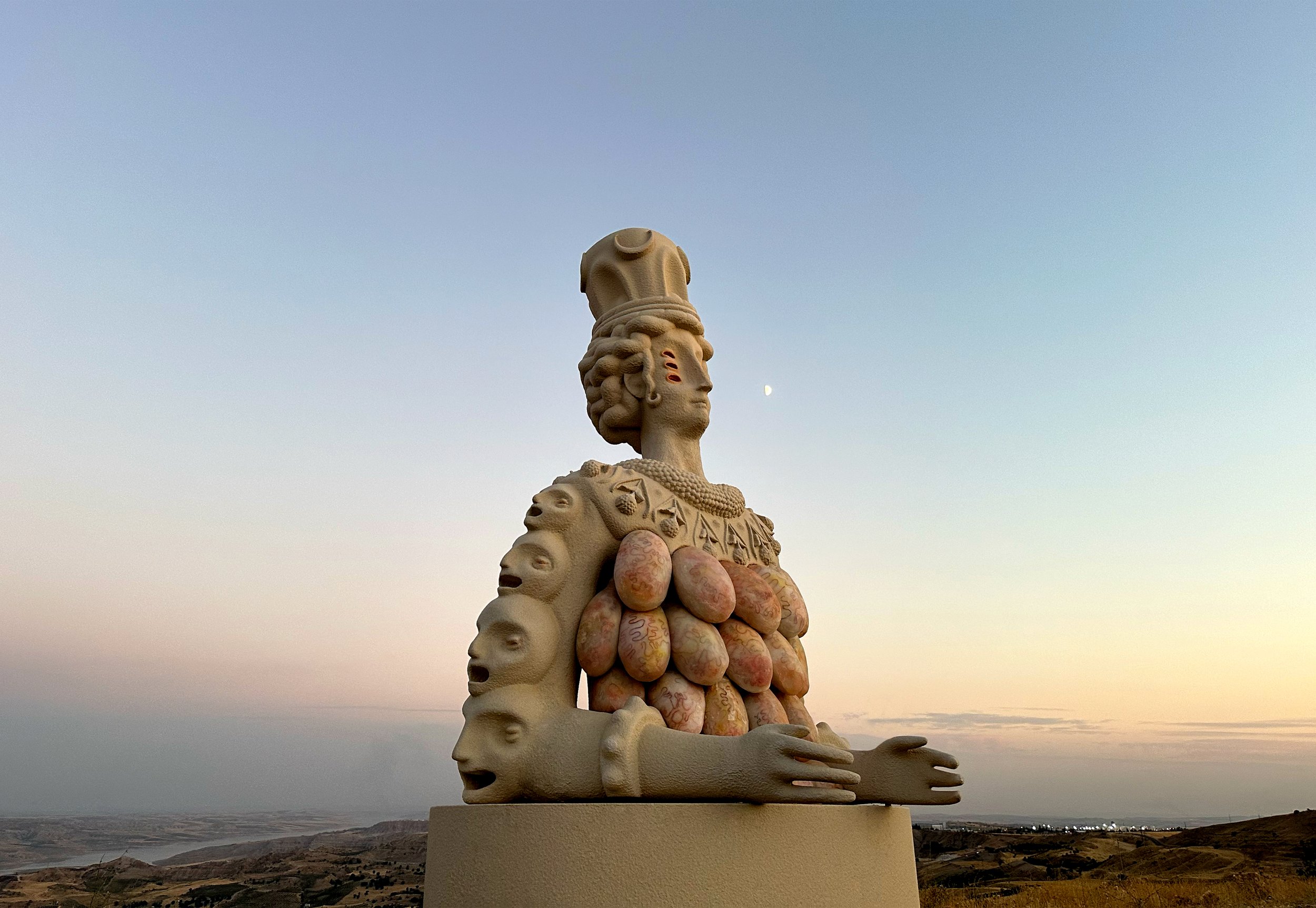
Goddesses were reduced to symbols of fertility and abundance in European academia until the 1960s, when feminist archaeology emerged. Traditionally associated with hunting, nature and animals, Artemis is a huntress goddess with limited communication with men, full of rage against any hunter who challenges her. Since the Renaissance, however, this portrayal has changed and deformed, and modern society has distanced her from her essential identity and turned her into a superficial object of desire. Although the common assumption has used to be that the spherical objects cover the lower part of Artemis’ chest are female breasts, some archeologists claim that those forms were bull testicles that had been hunted, collected and clothed by the goddess.
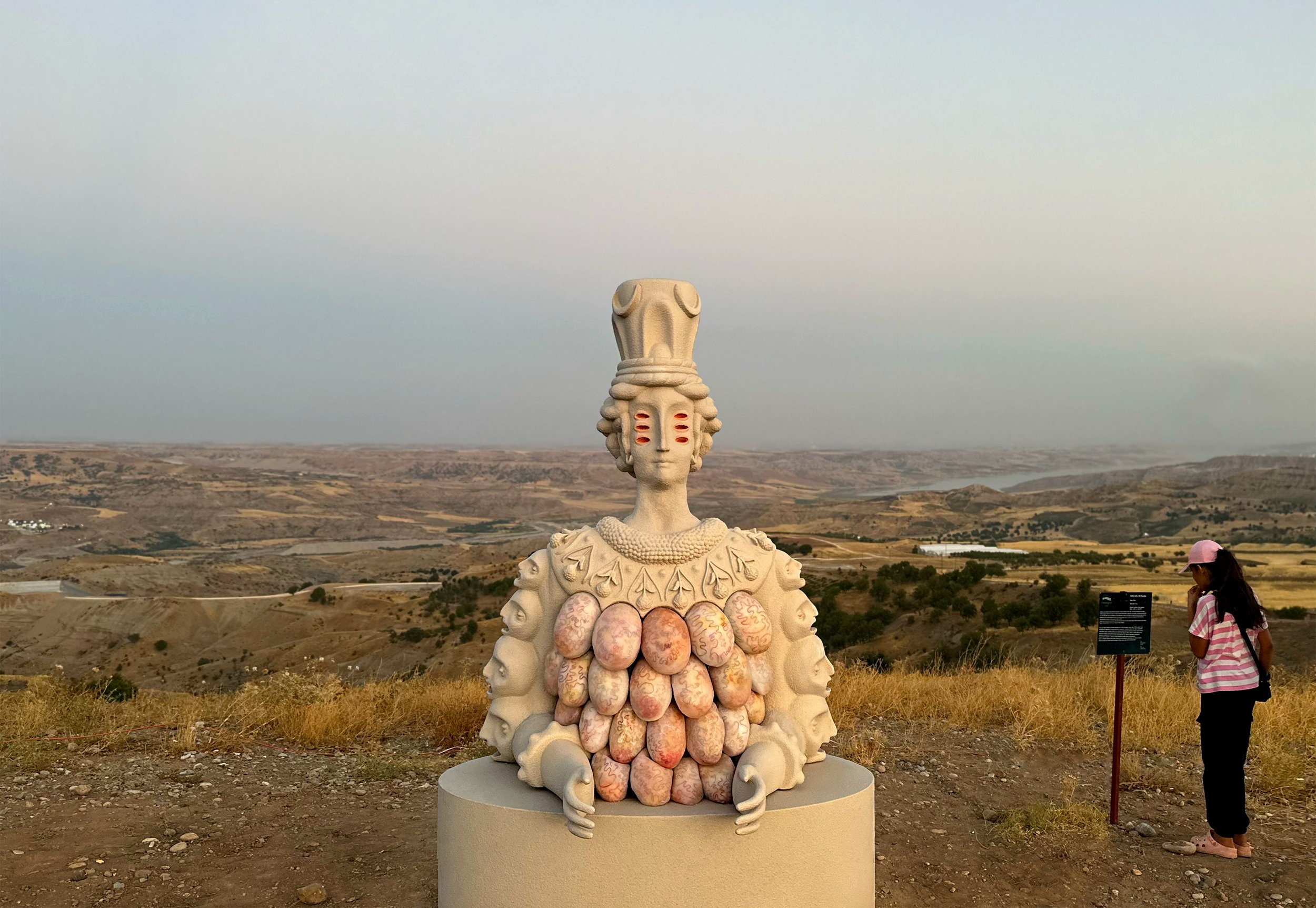
By depicting those forms as bull testicles, we aim to challenge this historical reduction by presenting different archetypes of Artemis beyond her fertility symbolism.
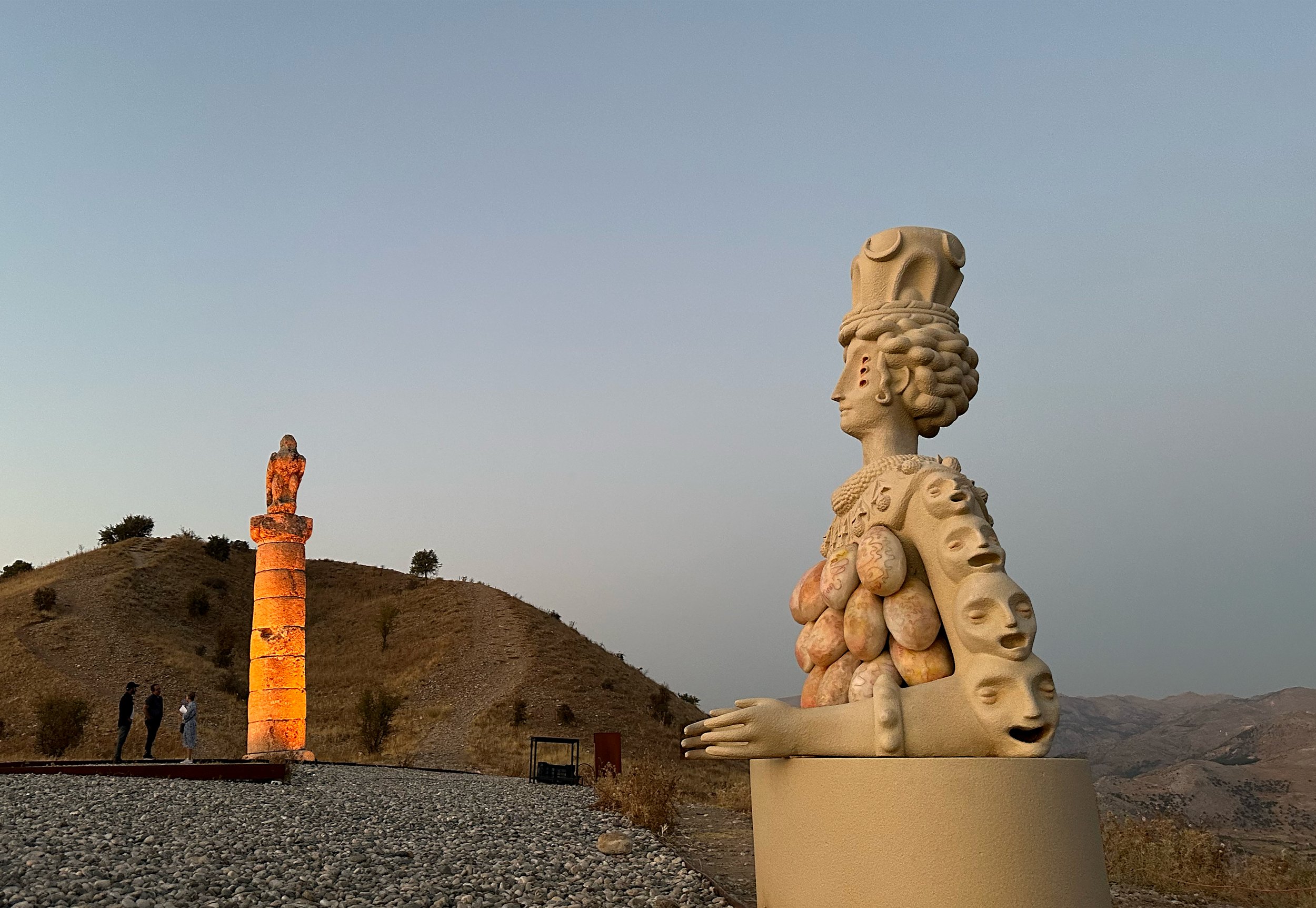
Nymphs assisting Artemis living in seas and rivers found on either side of the goddess. They sing an anonymous hymn written in the Late Hellenistic Era, praising her strong character, hunting skills, and might. With the assistance of AI, we aimed to highlight the supernatural spirit of nymphs while creating their voices.
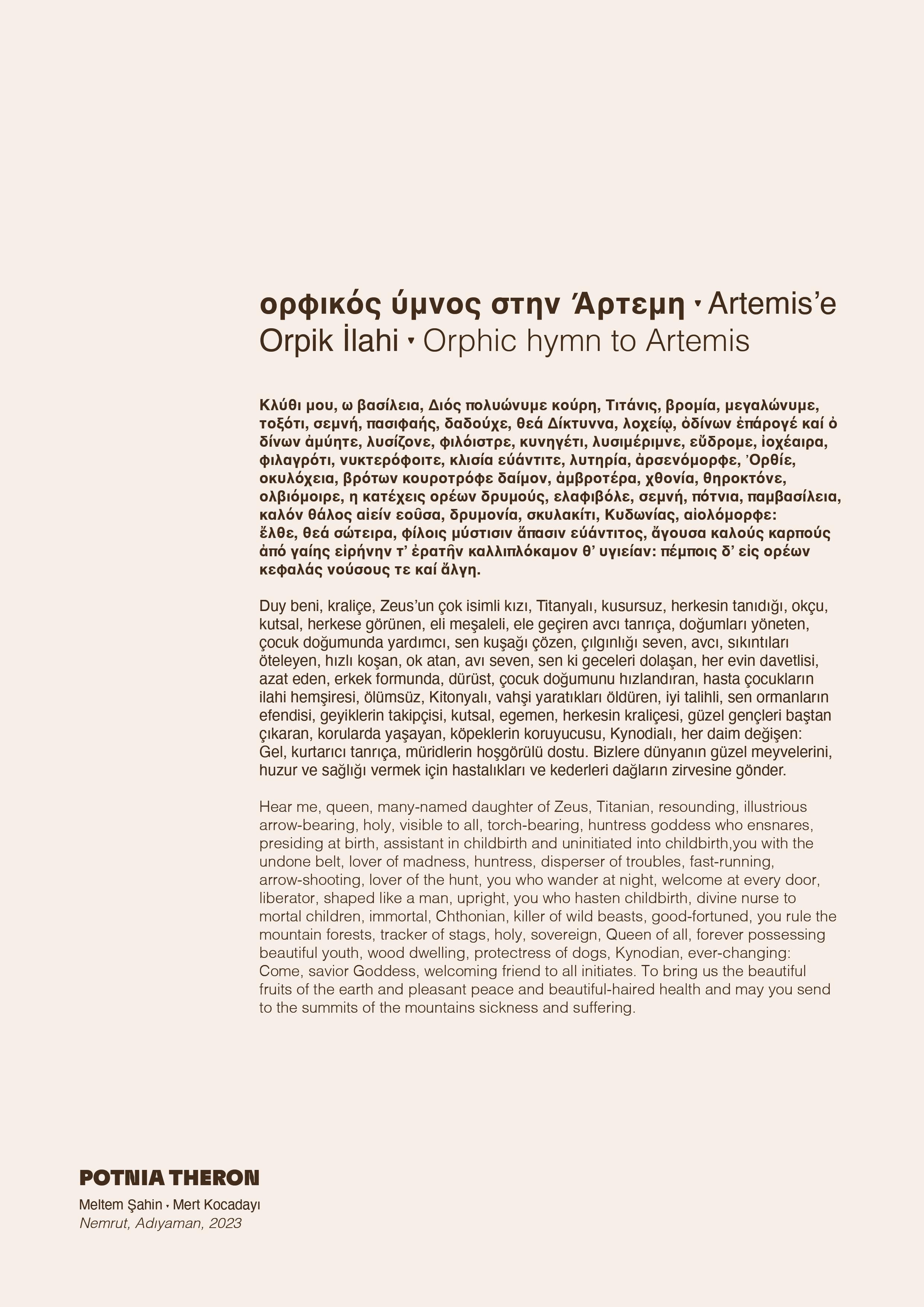
The music is composed on an anonymous hymn written for goddess Artemis. Listen to Potnia Theron on SoundCloud.
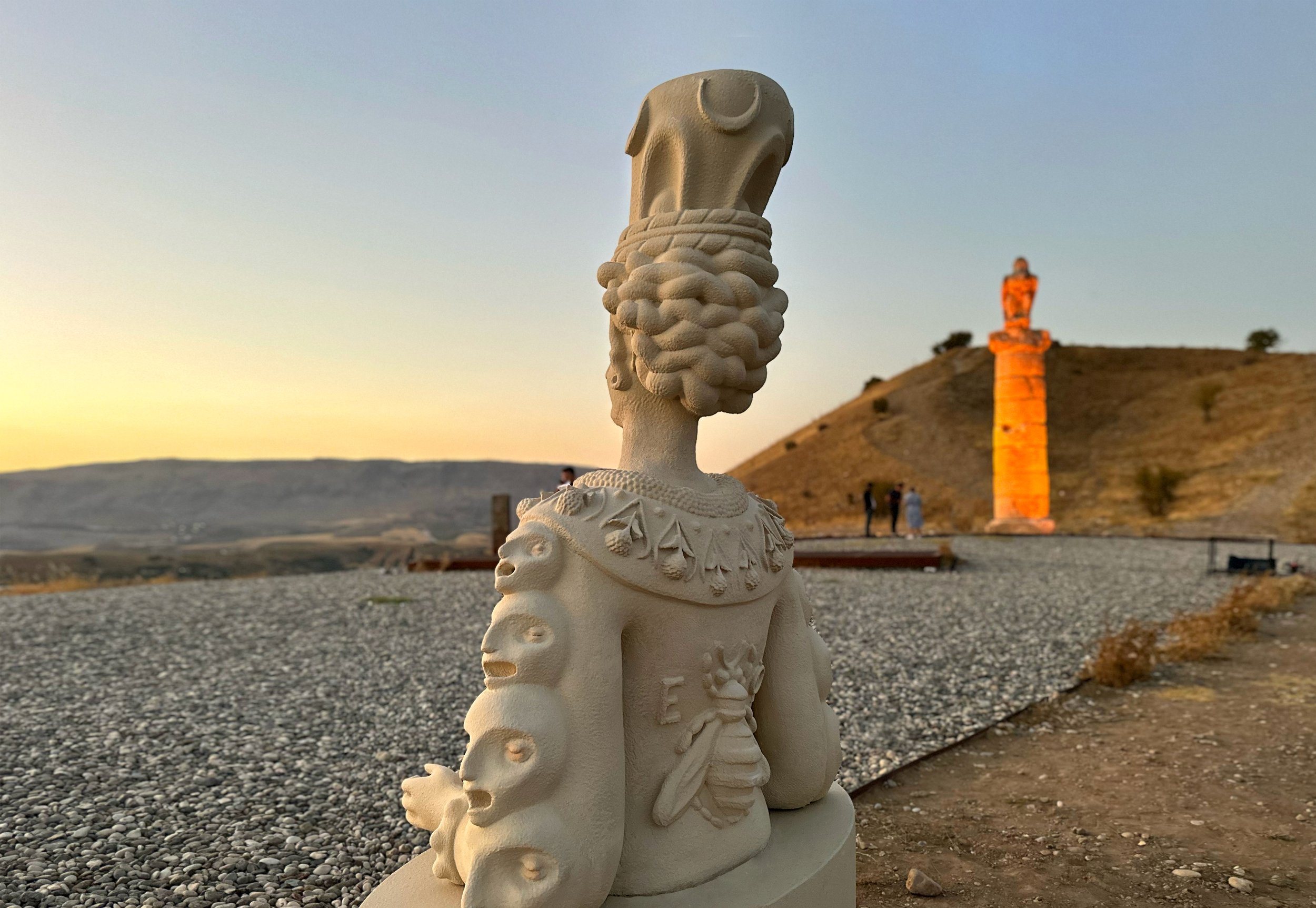
Thank you to Commagene Lar team for this opportunity, Karplus and Aleyna Pera Yaşar for the production of Potnia Theron, and Elifcan Şahan for the help with the research of the project.
Audio by Mert Kocadayı, Visual by Meltem Şahin
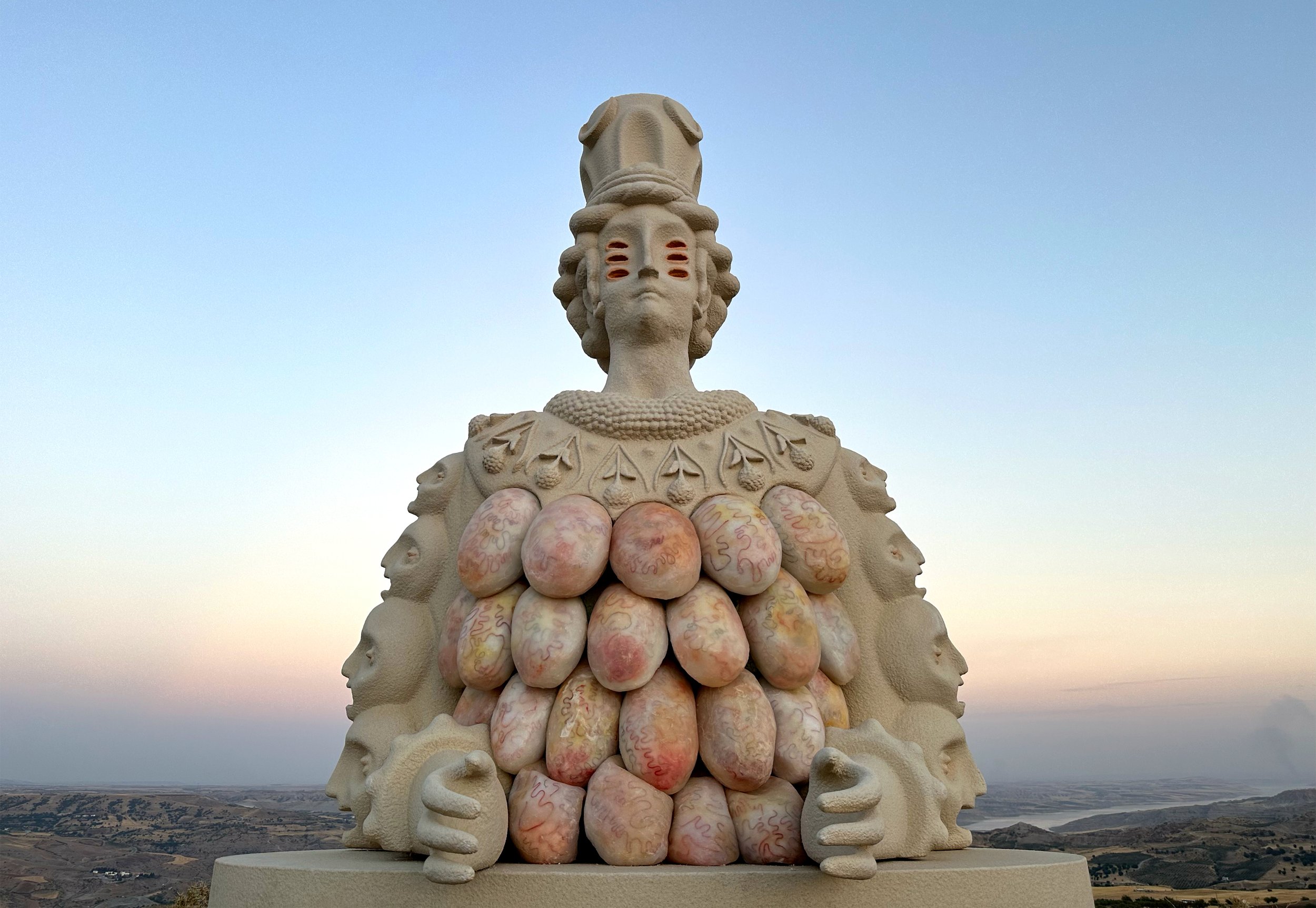
Goddesses were reduced to symbols of fertility and abundance in European academia until the 1960s, when feminist archaeology emerged. Traditionally associated with hunting, nature and animals, Artemis is a huntress goddess with limited communication with men, full of rage against any hunter who challenges her. Since the Renaissance, however, this portrayal has changed and deformed, and modern society has distanced her from her essential identity and turned her into a superficial object of desire. Although the common assumption has used to be that the spherical objects cover the lower part of Artemis’ chest are female breasts, some archeologists claim that those forms were bull testicles that had been hunted, collected and clothed by the goddess.
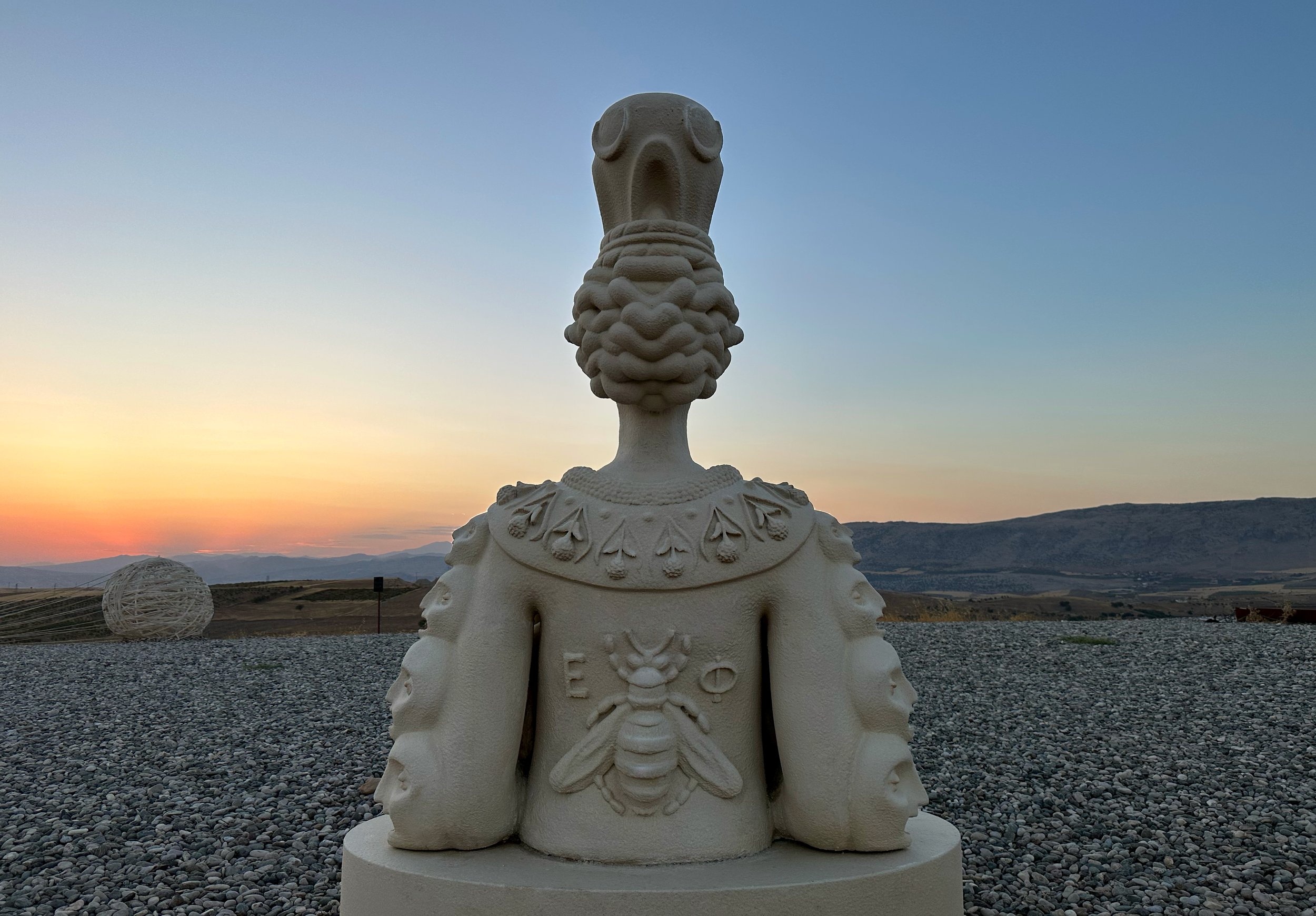
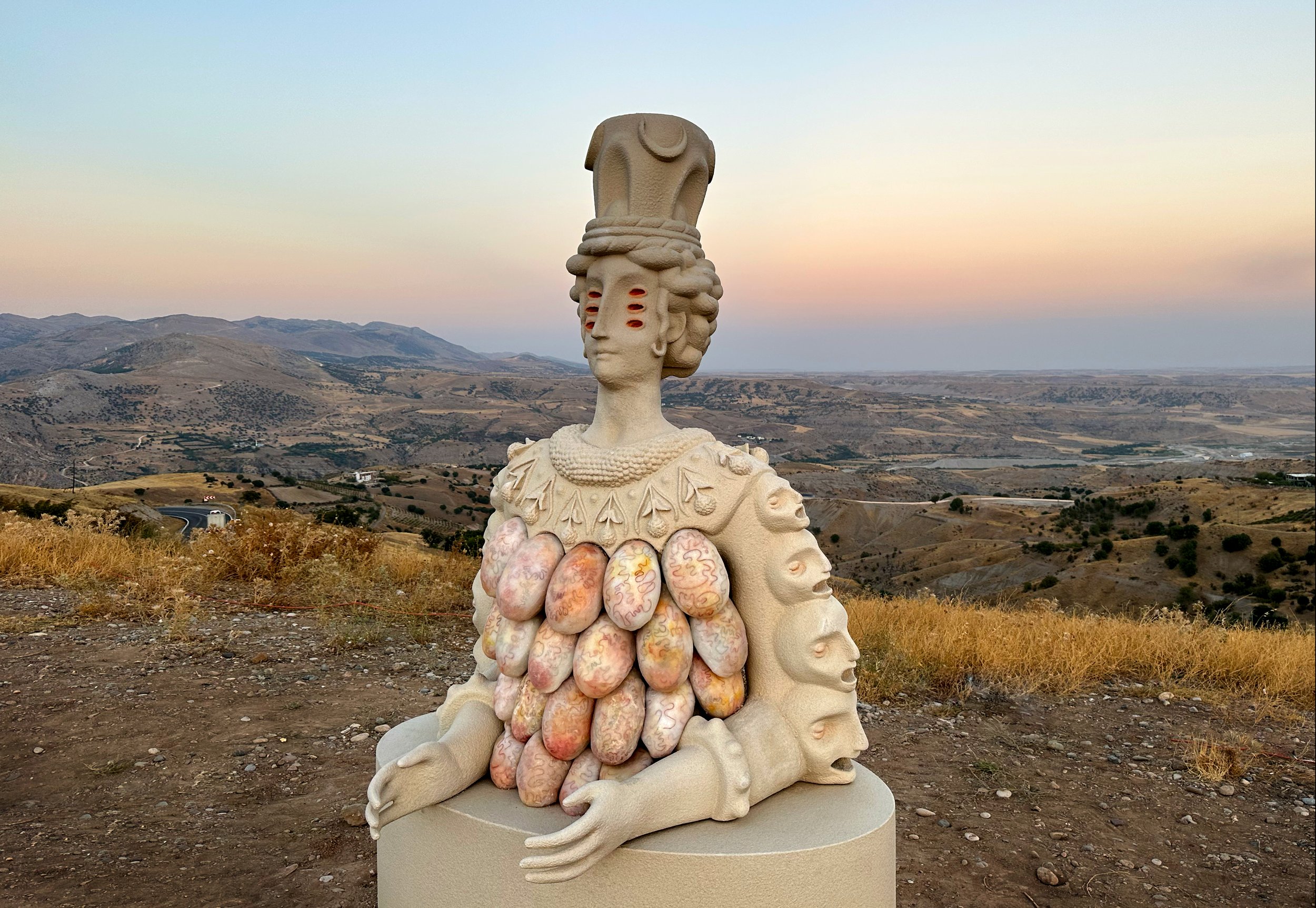
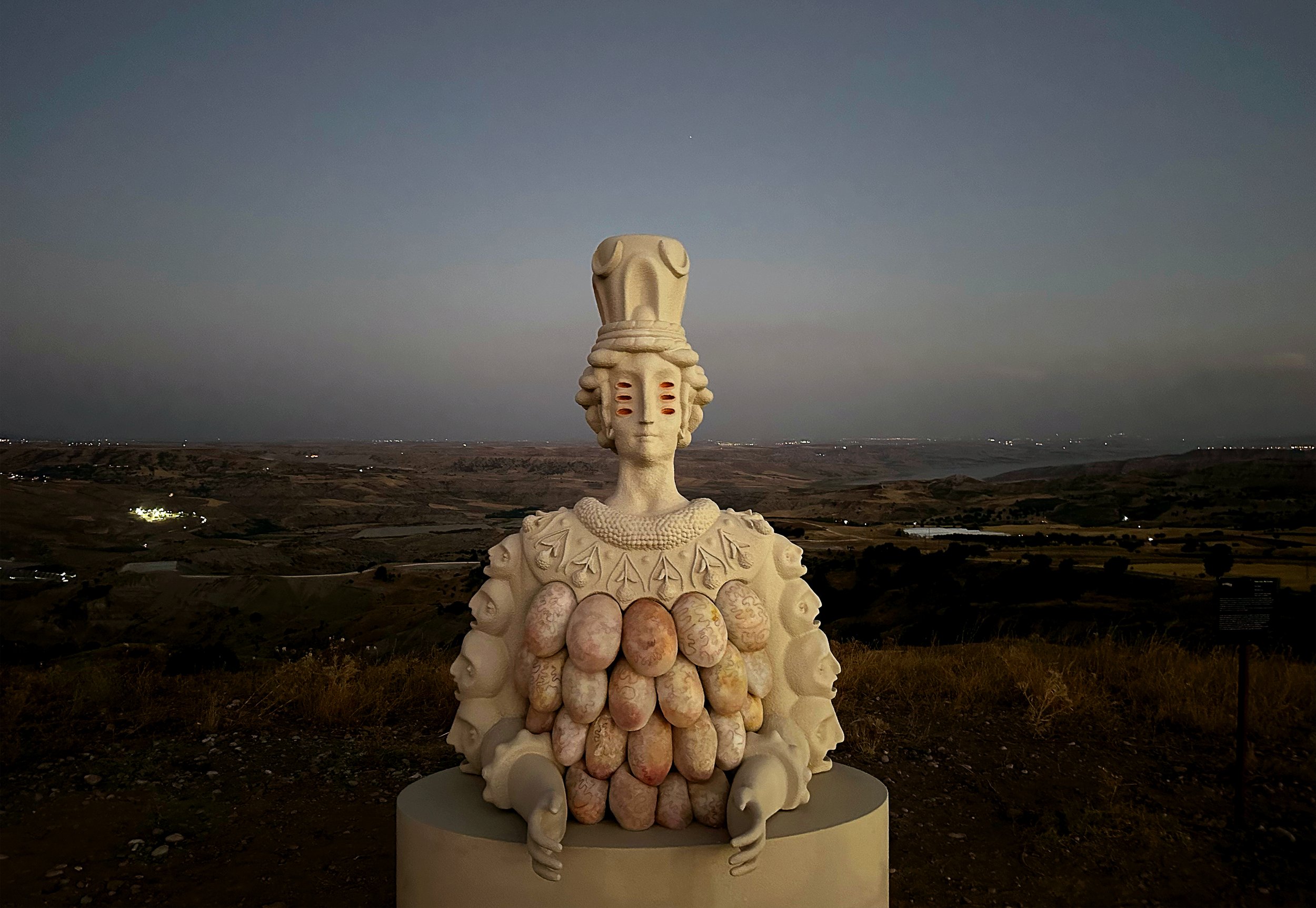

3D model of the sculpture
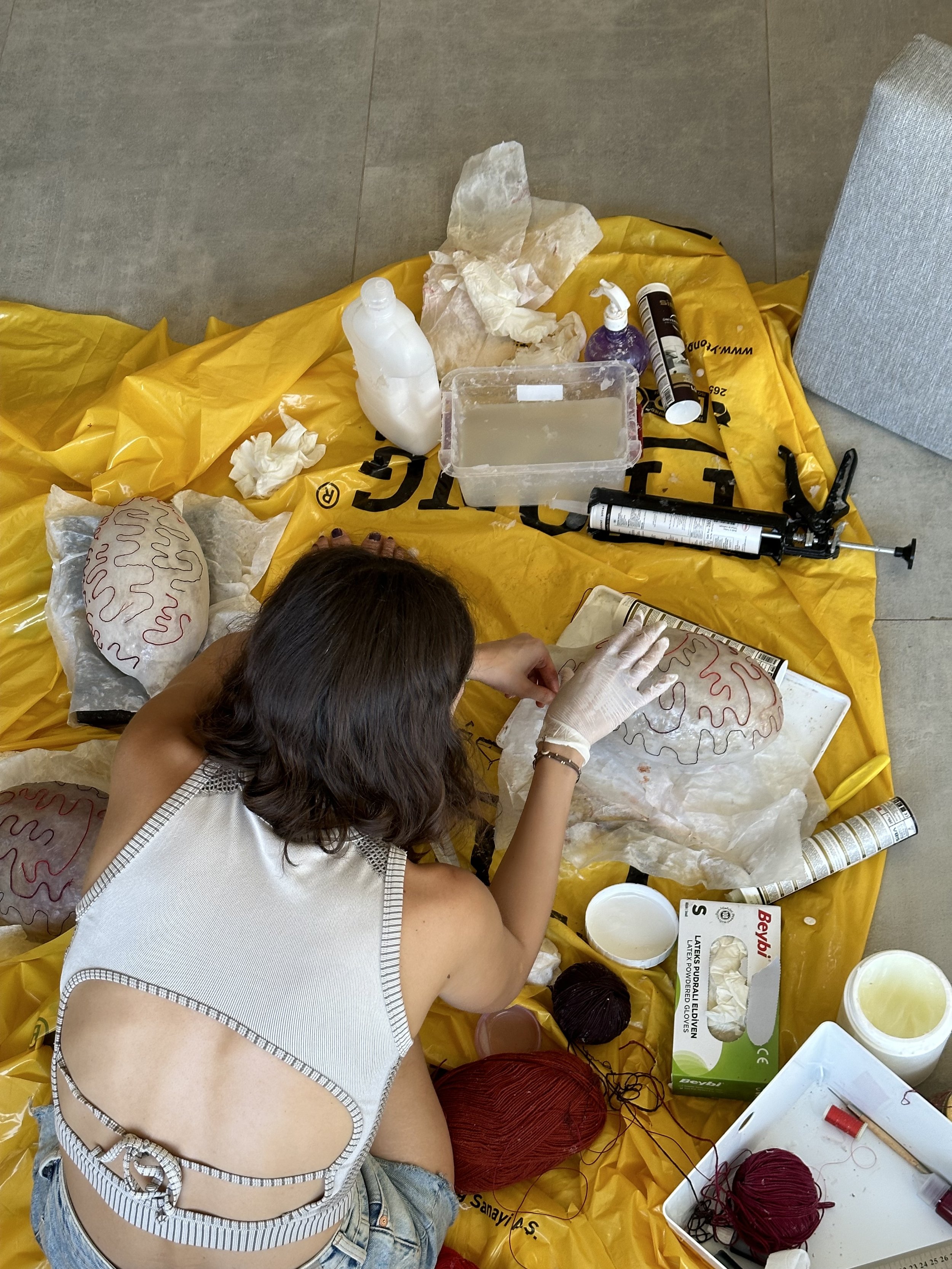
making of the testicles
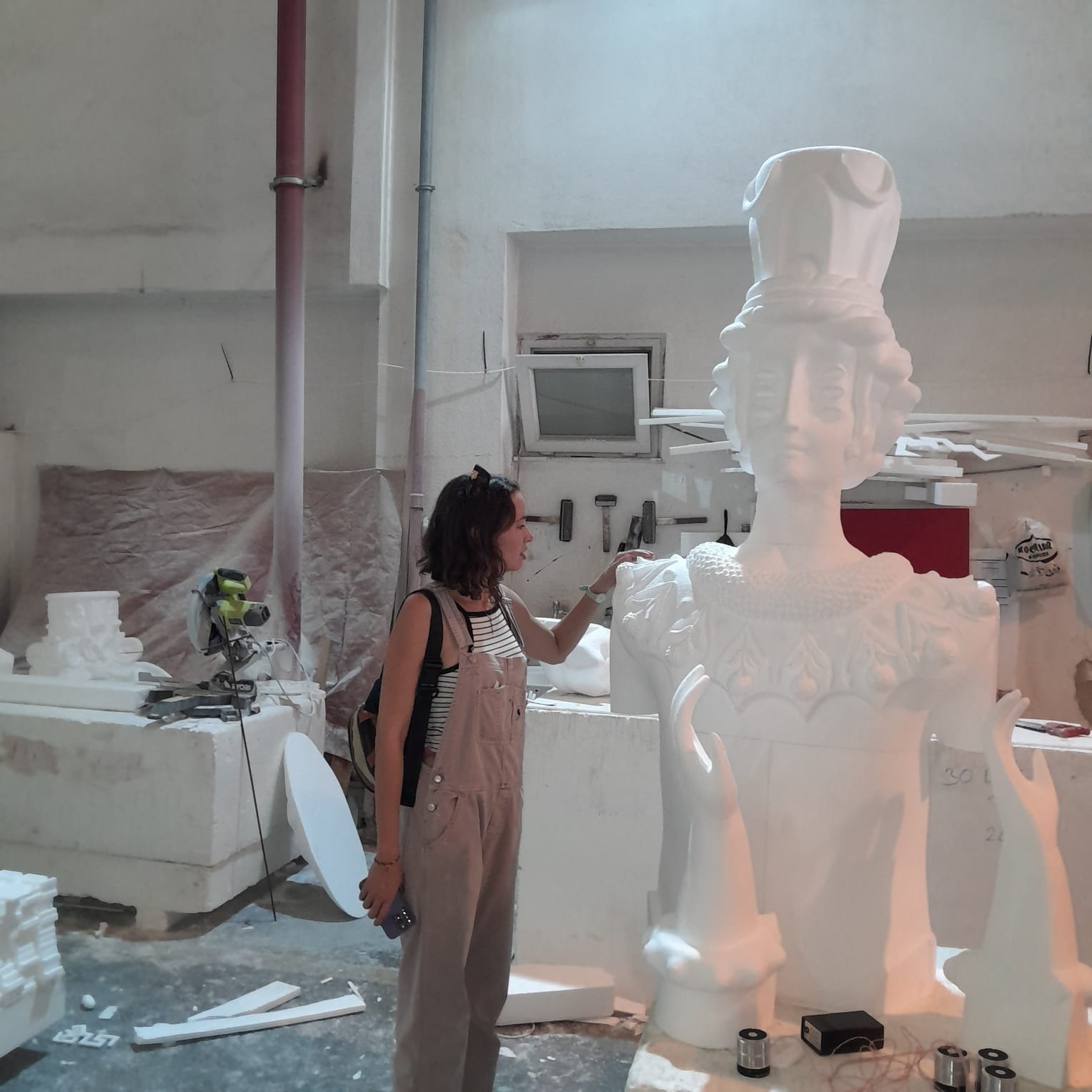
production in styrofoam atelier
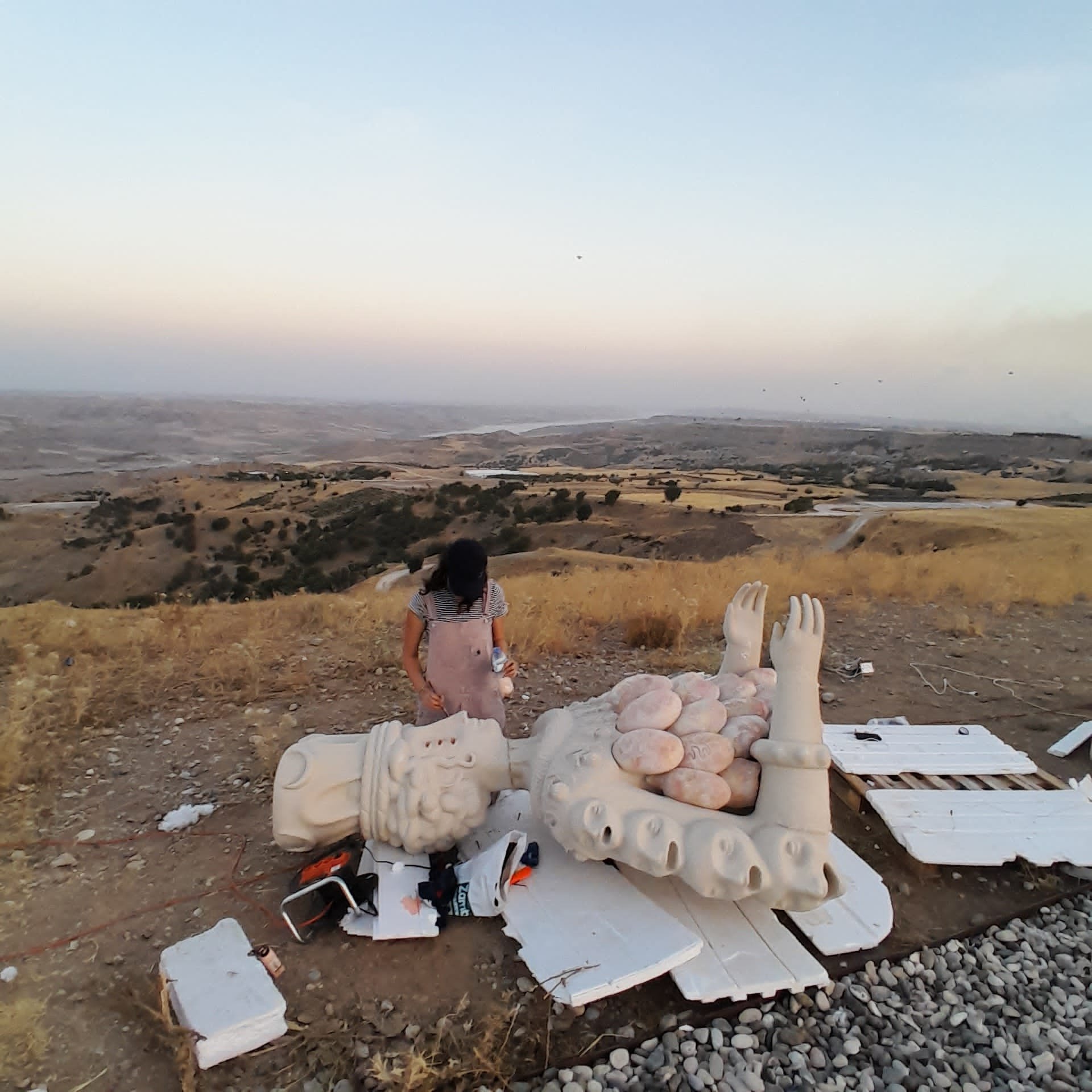
final touches














“Potnia Theron: Artemis of Ephesus” is watching the skies of the Kingdom of Commagene, and her nymphs are singing for the tombs of the mother queen and princess at Karakuş Tumulus in Adıyaman, Türkiye.
Goddesses were reduced to symbols of fertility and abundance in European academia until the 1960s, when feminist archaeology emerged. Traditionally associated with hunting, nature and animals, Artemis is a huntress goddess with limited communication with men, full of rage against any hunter who challenges her. Since the Renaissance, however, this portrayal has changed and deformed, and modern society has distanced her from her essential identity and turned her into a superficial object of desire. Although the common assumption has used to be that the spherical objects cover the lower part of Artemis’ chest are female breasts, some archeologists claim that those forms were bull testicles that had been hunted, collected and clothed by the goddess.
By depicting those forms as bull testicles, we aim to challenge this historical reduction by presenting different archetypes of Artemis beyond her fertility symbolism.
Nymphs assisting Artemis living in seas and rivers found on either side of the goddess. They sing an anonymous hymn written in the Late Hellenistic Era, praising her strong character, hunting skills, and might. With the assistance of AI, we aimed to highlight the supernatural spirit of nymphs while creating their voices.
The music is composed on an anonymous hymn written for goddess Artemis. Listen to Potnia Theron on SoundCloud.
Thank you to Commagene Lar team for this opportunity, Karplus and Aleyna Pera Yaşar for the production of Potnia Theron, and Elifcan Şahan for the help with the research of the project.
Audio by Mert Kocadayı, Visual by Meltem Şahin
Goddesses were reduced to symbols of fertility and abundance in European academia until the 1960s, when feminist archaeology emerged. Traditionally associated with hunting, nature and animals, Artemis is a huntress goddess with limited communication with men, full of rage against any hunter who challenges her. Since the Renaissance, however, this portrayal has changed and deformed, and modern society has distanced her from her essential identity and turned her into a superficial object of desire. Although the common assumption has used to be that the spherical objects cover the lower part of Artemis’ chest are female breasts, some archeologists claim that those forms were bull testicles that had been hunted, collected and clothed by the goddess.
3D model of the sculpture
making of the testicles
production in styrofoam atelier
final touches
